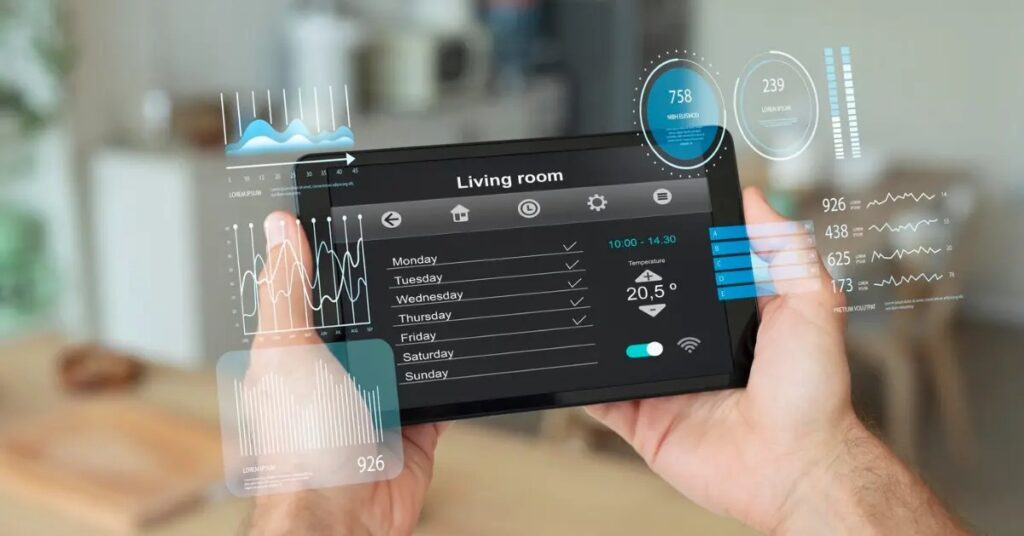Smart Response Technology (SRT) is a feature designed to improve the performance of your computer. At its core, it uses a small, fast storage device to act as a cache for your most frequently used data. This means that your computer can access this data much faster than if it were stored on a traditional hard drive. But what exactly is Smart Response Technology, and how does it work?
Understanding Smart Response Technology
Smart Response Technology was developed by Intel and is part of their Rapid Storage Technology suite. Essentially, SRT uses a solid-state drive (SSD) to cache frequently accessed data. This helps speed up data retrieval, leading to faster boot times, quicker application launches, and overall better system responsiveness.
How Does Smart Response Technology Work?
To understand how Smarts Response Technology works, think of it as a smart assistant for your computer. Here’s a simple breakdown:
- Caching: SRT uses a small SSD, typically between 16GB to 64GB, as a cache. This SSD stores copies of your most frequently accessed files and programs.
- Speed: When you access a file or program, your computer checks the cache first. If the data is there, it’s retrieved much faster than if it were on your hard drive.
- Learning: SRT learns which files you use the most and keeps those in the cache. Over time, this makes your system more efficient.

Benefits of Smart Response Technology
Smarts Response Technology offers several key benefits that can greatly enhance your computing experience. Here are some of the main advantages:
- Faster Boot Times: Your computer starts up more quickly because essential files are cached.
- Quick Application Launches: Programs open faster as they are often cached.
- Improved System Performance: Overall responsiveness is better, especially with everyday tasks.
- Cost-Effective: You can get near-SSD speeds without needing a large, expensive SSD.
Requirements for Smart Response Technology
Before you can use Smarts Response Technology, there are a few requirements:
- Compatible Hardware: You need an Intel chipset that supports SRT, such as Intel Z68 or later.
- SSD and HDD: A small SSD for caching and a traditional hard drive for main storage.
- BIOS Settings: SRT needs to be enabled in your computer’s BIOS.
- Intel Rapid Storage Technology Software: This software must be installed to configure and manage SRT.
Setting Up Smart Response Technology
Setting up Smarts Response Technology can be a bit technical, but here’s a simple guide to get you started:
- Install the Hardware: Ensure you have an SSD and a hard drive installed.
- Enable in BIOS: Enter your computer’s BIOS and enable Smart Response Technology.
- Install the Software: Download and install Intel Rapid Storage Technology software from the Intel website.
- Configure SRT: Open the software, select the SSD, and configure it as a cache device.

Real-World Applications of Smart Response Technology
Smart Response Technology is used in various real-world applications to enhance performance:
- Gaming: Faster load times for games and levels.
- Office Work: Quick access to documents and applications.
- Creative Work: Faster file access for video editing and graphic design.
Common Issues and Troubleshooting
While Smart Response Technology can significantly boost performance, you might encounter some issues:
- Compatibility Problems: Ensure your hardware and software support SRT.
- Configuration Errors: Double-check BIOS settings and software installation.
- SSD Failures: If the SSD fails, you might need to replace it.
FAQs About Smart Response Technology
1. What is Smart Response Technology? Smarts Response Technology is an Intel feature that uses a small SSD to cache frequently accessed data, improving computer performance.
2. Do I need a specific type of SSD for SRT? Any SSD can be used for SRT, but it’s typically best to use a small SSD specifically for caching purposes.
3. Can I use Smart Response Technology on a laptop? Yes, as long as the laptop has a compatible Intel chipset and space for both an SSD and a hard drive.
4. Will SRT work with other operating systems besides Windows? Smarts Response Technology is primarily designed for Windows systems and may not be compatible with different operating systems.
5. How do I know if my computer supports SRT? Check your computer’s motherboard specifications or the Intel website to see if your chipset supports Smarts Response Technology.
Conclusion
In summary, Smart Response Technology is a powerful tool that can significantly enhance your computer’s performance. By using a small SSD to cache frequently accessed data, SRT provides faster boot times, quicker application launches, and an overall more responsive system. Whether you’re gaming, working, or creating, Smart Response Technology can make your computing experience smoother and more efficient.
For more detailed information, you can visit Intel’s official page on Smart Response Technology. By understanding and utilizing SRT, you can make the most of your computer’s capabilities and enjoy a faster, more efficient experience.











